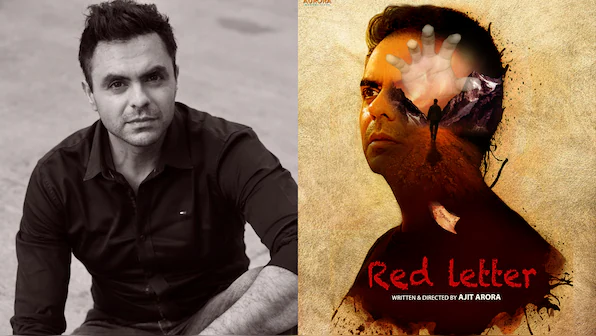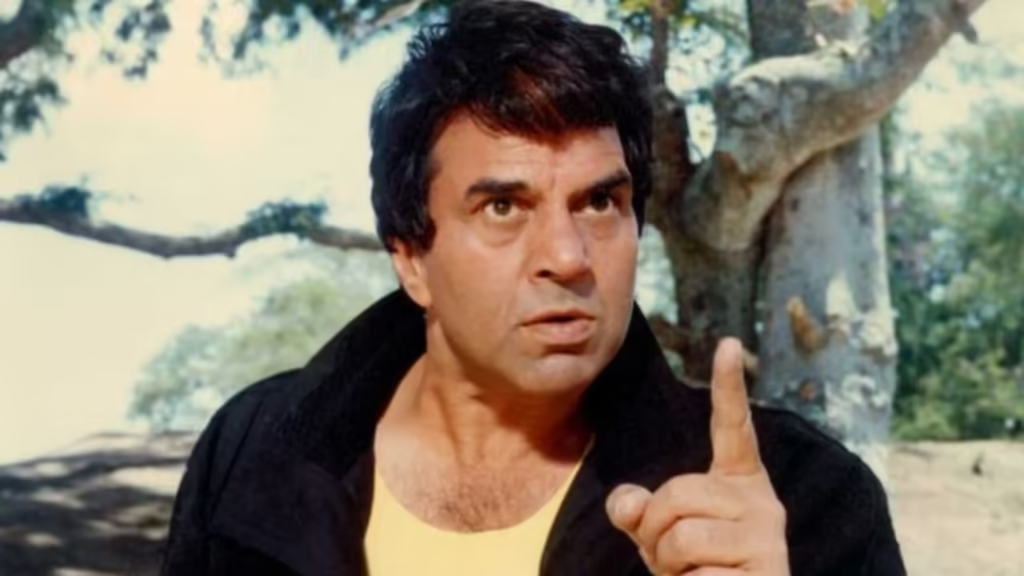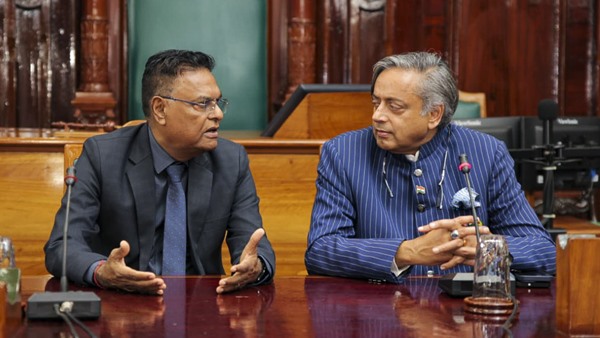Now Reading: Director Arul Ajit Comments on Audience’s Preference for Shorter Films
-
01
Director Arul Ajit Comments on Audience’s Preference for Shorter Films
Director Arul Ajit Comments on Audience’s Preference for Shorter Films

As viewing habits evolve, filmmakers are increasingly adapting their storytelling formats. Director Arul Ajit recently weighed in on the growing trend of audience preference for shorter films. With attention spans shrinking and digital platforms rising, concise narratives seem to be striking the right chord. His comments open up a broader discussion on how cinema is transforming, especially for audiences in India’s Tier 2 cities where digital consumption is rapidly growing.
Audience Preferences Are Shifting
Director Arul Ajit, known for his thoughtful and compact storytelling, observed that modern viewers prefer films that are tightly paced and don’t stretch unnecessarily. According to him, it’s not about reducing the quality or depth of storytelling, but about being mindful of the viewer’s time and attention.
He believes that with the rise of OTT platforms and on-the-go consumption, audiences are more open to crisp formats, often under 2 hours, or even shorter in the case of indie and experimental films.
Digital Platforms Influence Film Length
Over the past few years, platforms like Netflix, Amazon Prime, and regional OTT apps have changed how stories are consumed. The availability of bite-sized content, mini-series, and short films has created a demand for brevity and relevance.
This has also encouraged filmmakers from smaller towns and regional industries to explore short films as a viable medium. With lower production costs and easier access to online viewers, many independent creators from Tier 2 cities are using this format to break into the industry.
Impact on Traditional Cinema and Filmmaking
While theatrical releases continue to draw audiences for big-budget entertainers, shorter films are offering an alternative experience. Directors like Arul Ajit argue that compact storytelling can be just as impactful, provided the narrative is strong and emotionally engaging.
However, some critics caution against reducing film lengths solely for trends. They argue that stories should dictate the duration, not the other way around. Balance remains key.
Regional Relevance: A New Wave from Tier 2 Cities
In cities like Coimbatore, Bhopal, Jaipur, and Kochi, local filmmakers are embracing shorter film formats. Film festivals, college competitions, and YouTube channels have created space for regional voices to flourish. Arul Ajit’s own work has often been praised for its relevance to middle-class Indian life, especially outside the metros.
As internet access and smartphone penetration rise in smaller towns, so does the appetite for engaging, shorter content that resonates with local issues and sentiments.
Conclusion
Director Arul Ajit’s remarks underline a shift in how cinema is being created and consumed in India. The growing preference for shorter films reflects broader societal and technological changes, especially among youth and digital-first audiences in Tier 2 cities. While cinematic storytelling will always evolve, the focus, as Arul Ajit notes, should remain on telling compelling stories—whether they run for 30 minutes or three hours.

























